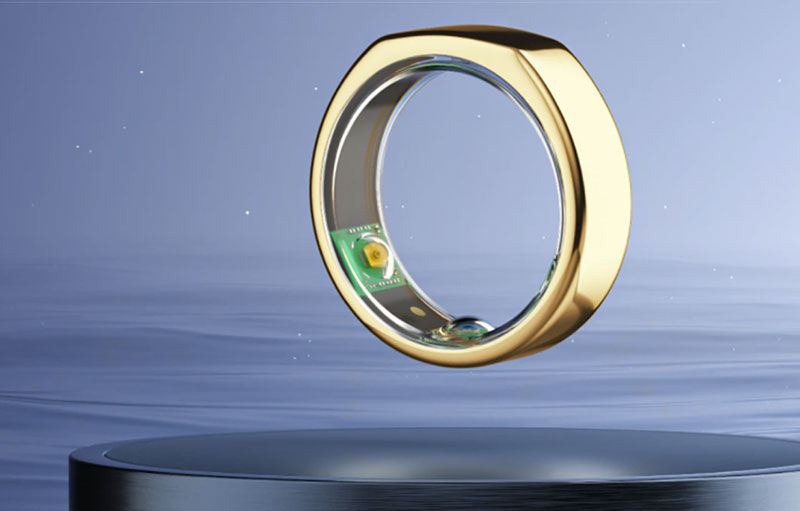Oura CEO Harpreet Singh Rai said wearables in the future will help people prevent, not react to, illness. In conversation with Insider’s Senior Tech Correspondent Lisa Eadicicco, Rai said wearables will increasingly be able to detect warning signs and alert the wearer by sounding an alarm.
“You go to the doctor after you have a heart attack,” Mr. Rai said. “No one’s really going to get all the regular checkups … that we should, and wearables can fill that gap.”
Read more Oura, WHOOP, BioStrap and BioIntelliSense Invading Health Monitoring Space With Biometric Wearables
Oura is a $300 smart ring that monitors the wearer’s sleep, heart rate, and skin temperature. Last month, Bloomberg reported that the Finnish company is in talks with investors to raise funds at a valuation of about $800 million, according to people with knowledge of the matter.
The discussions mark the second fundraising in as many years for Oura, which last year raised $28 million from Google’s Gradient Ventures, Square Inc., and Forerunner Ventures. Earlier investors include Michael Dell’s MSD Capital, actor Will Smith and former professional basketball center Shaquille O’Neal. Investors in the current round and the amount being raised couldn’t immediately be learned.

Last year, around 25% of the NBA players were given Oura rings to track their biometric data and ensure that they and their coaches remained COVID-free. According to Oura, changes to users’ illness probability scores can indicate they may be at higher risk or showing signs of COVID-19. The accompanying app provides features such as meditation to reduce stress and anxiety. Another benefit of the ring is its sleep tracking feature.
“Data from us and other wearables have shown that you can feel significant changes a day or two before you feel sick,” Rai said during the panel Tuesday, reports Business Insider.
Read more US Army Outfits Paratroopers With WHOOP Strap To Assess Level of Stress
He said other companies are toying with similar ideas. Samsung, he said, has discussed monitoring blood pressure. And there’s also potential in tracking reproductive health, such as the time of one’s menstrual cycle.
“I think things like sleep apnea, blood pressure, and other health use cases are really what is going to shift us from wearables 1.0 to 2.0,” he said.












